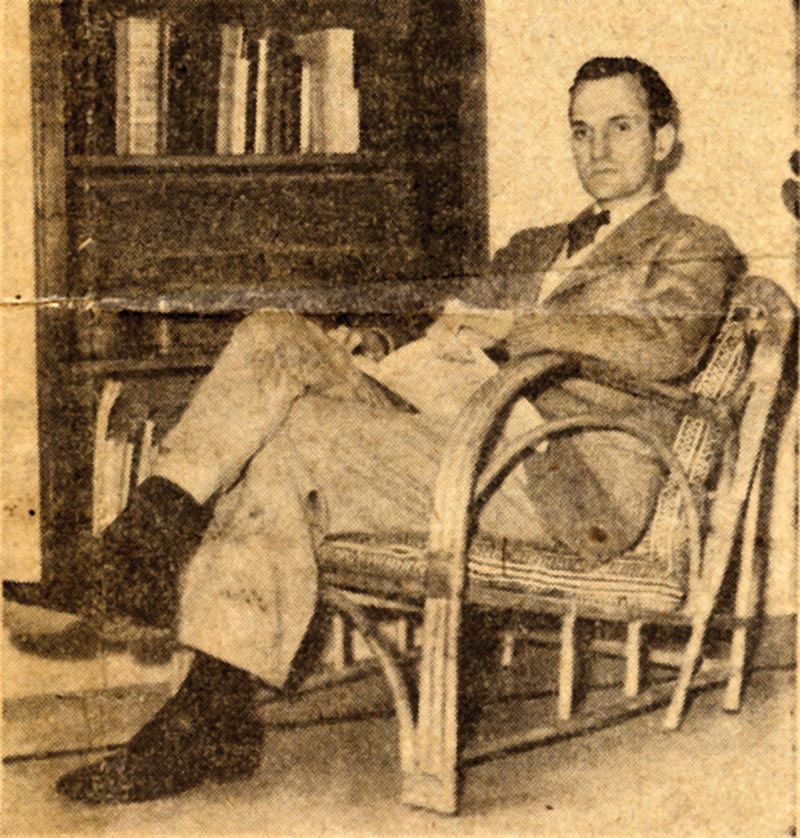Remembering the architect who designed Narayanhiti Palace
Kathmandu, April 23
Everyone in Nepal probably knows that the iconic Narayanhiti Palace in Durbar Marg, Kathmandu, which was turned into a museum after Nepal became a republican state in 2008, was built by former king Mahendra. But very few know about the American architectural mastermind behind the iconic building, who died 18 years ago today.
Benjamin Polk, who passed away on 23 April 2001 at the age of 84, worked in several countries of the Indian sub-continent during the 1950s and 60s.
He designed 81 buildings in India, Nepal and Myanmar, including six famous architectural masterpieces, such as Jallianwala Bagh Memorial in Amritsar, India, Buddhist Tripitaka Library in Yangon, Myanmar, and the main building of The Times of India in Mumbai, India.
He has also designed six buildings in Nepal.
Among all the rich architectural masterpieces in Nepal, including archaeologically important temples, monuments and buildings around Kathmandu valley, a comparatively modern design of the Narayanhiti Palace Museum still fills many with awe.
Former king Mahendra had built Narayanhiti Palace by dismantling an old Rana-era palace. The palace occupied 3,794 sq m, but the entire property is spread over 383,218 sq m.
“The [Narayanhiti] palace was [designed] to represent the Nepali nation as created by the king. The new palace consciously used Nepali forms and in its rejection of European neoclassicism, created a clear visual distinction between the Shah and Rana dynasties,” states Bryony Whitmarsh, a British art history lecturer, who has written a PhD dissertation on Narayanhiti Palace.
One of the persons who was involved in construction of Narayanhiti Palace was Shankar Nath Rimal, one of Nepal’s pioneer civil engineers. He had worked alongside Polk for a brief period.
“By the time I joined the project, Polk was working on the final draft of the architecture design,” Rimal told THT. He was told to work on the project by former prime minister Tulsi Giri on direct order of the palace. “But even during this short period, I found Polk highly professional,” adds Rimal.
An autobiography of Polk, ‘Building for South Asia: An Architectural Autobiography’, states that he was summoned by Mahendra from Calcutta to design a palace for him. Mahendra, according to the book, had reached out to him as he was impressed by his design of Buddhist Tripitaka Library in Rangoon.
“I was warned that His Majesty would be a difficult client, but he accepted enthusiastically my first drawings and the building was completed as designed,” writes Polk. Narayanhiti Palace, Polk states, “was to be the first focus for the pride and culture of modern Nepal”.
“The palace with its high central throne room and its even higher temple spire to the right [represent] a will that is needed to solve today’s long-term problems and to maintain independence from its two giant neighbours,” writes Polk, who had moved to India in 1952 with his wife Emily Despain.
Polk had also designed multiple buildings for a Polytechnic School at Sanothimi, Bhaktapur. The buildings are now occupied by Sanothimi Campus and Janak Education Materials Centre. He had also designed the building of Des Moines Public School in Sanothimi, Bhaktapur. The school has now been renamed Adarsha Secondary School. He had also designed four buildings for an elementary school in Kirtipur and Elementary Schools Pilot Project in Pokhara, according to Polk’s autobiography.






